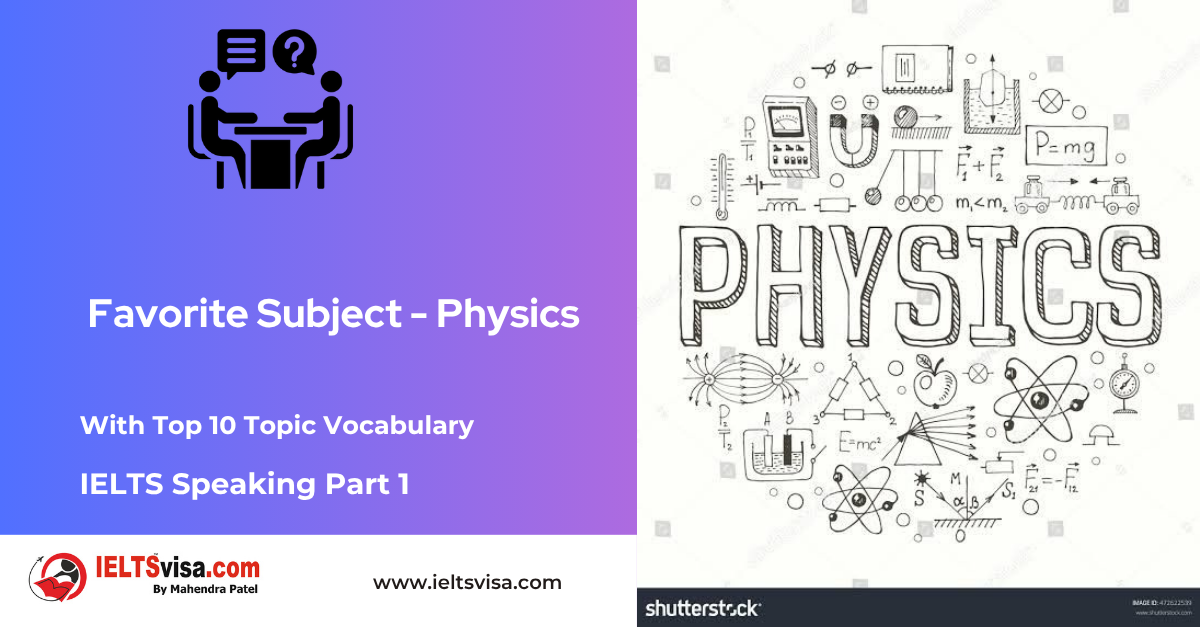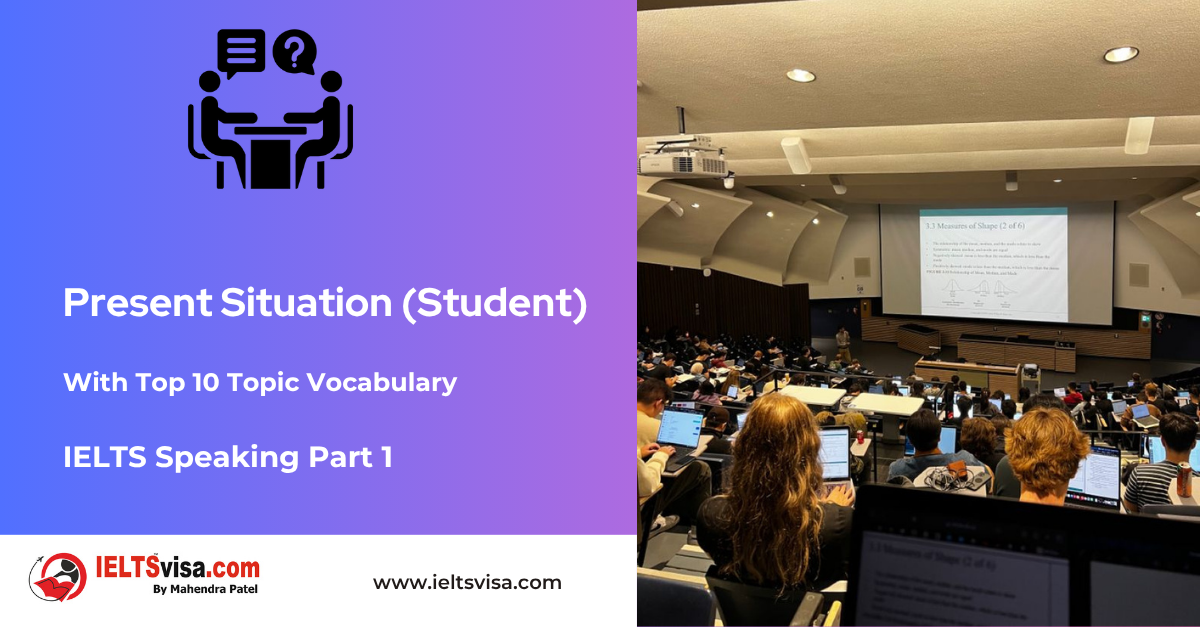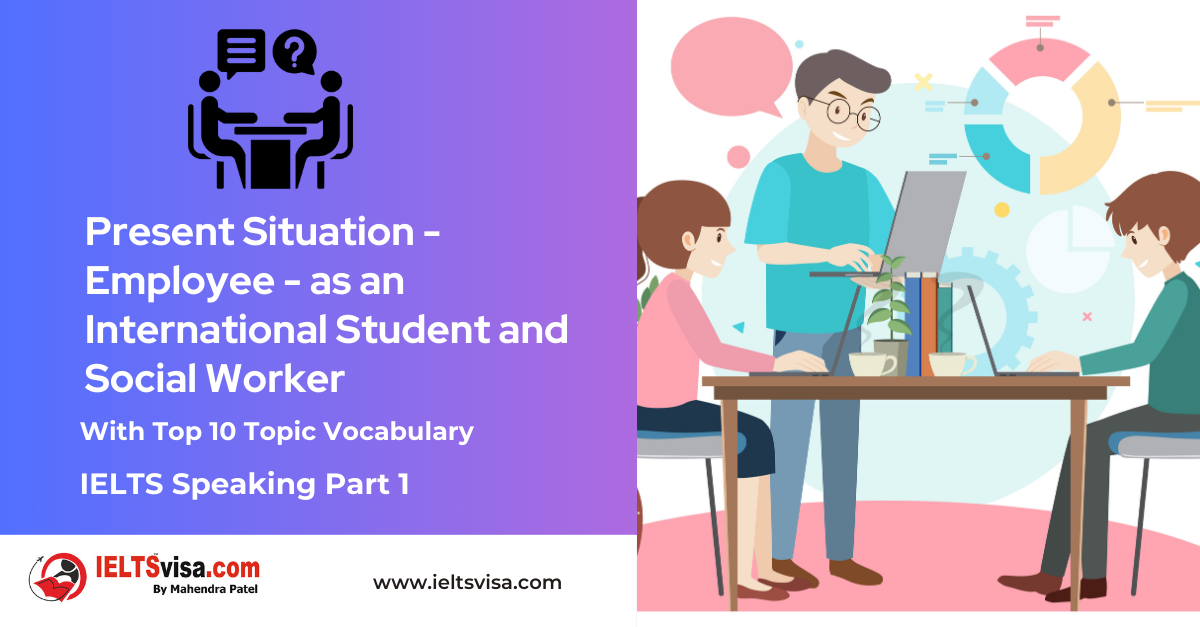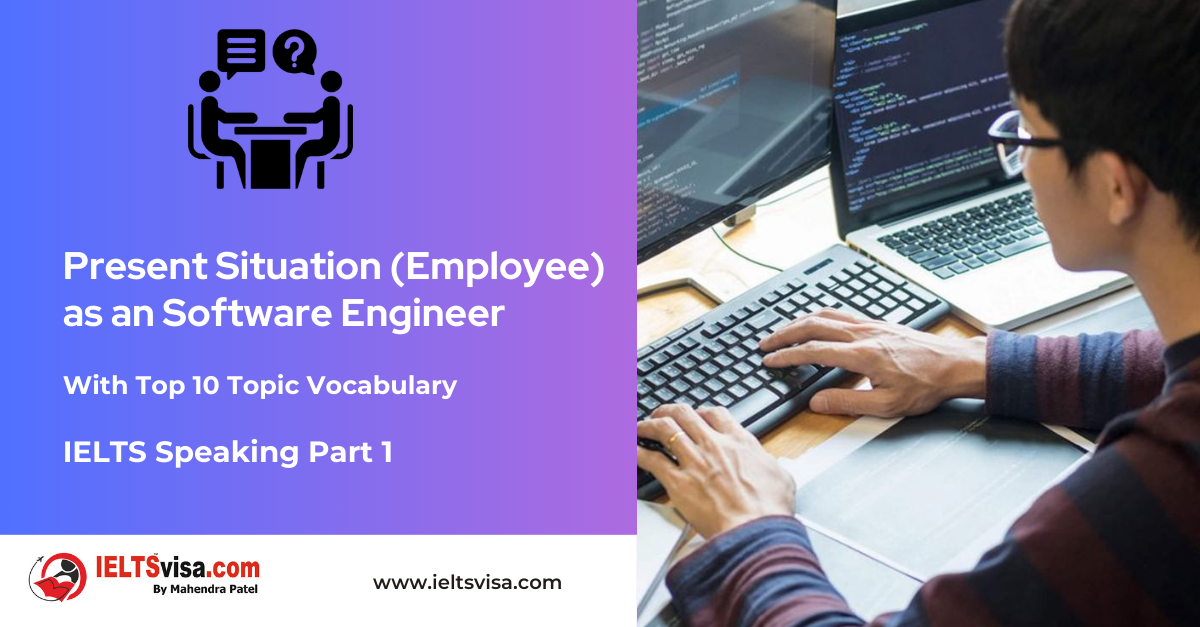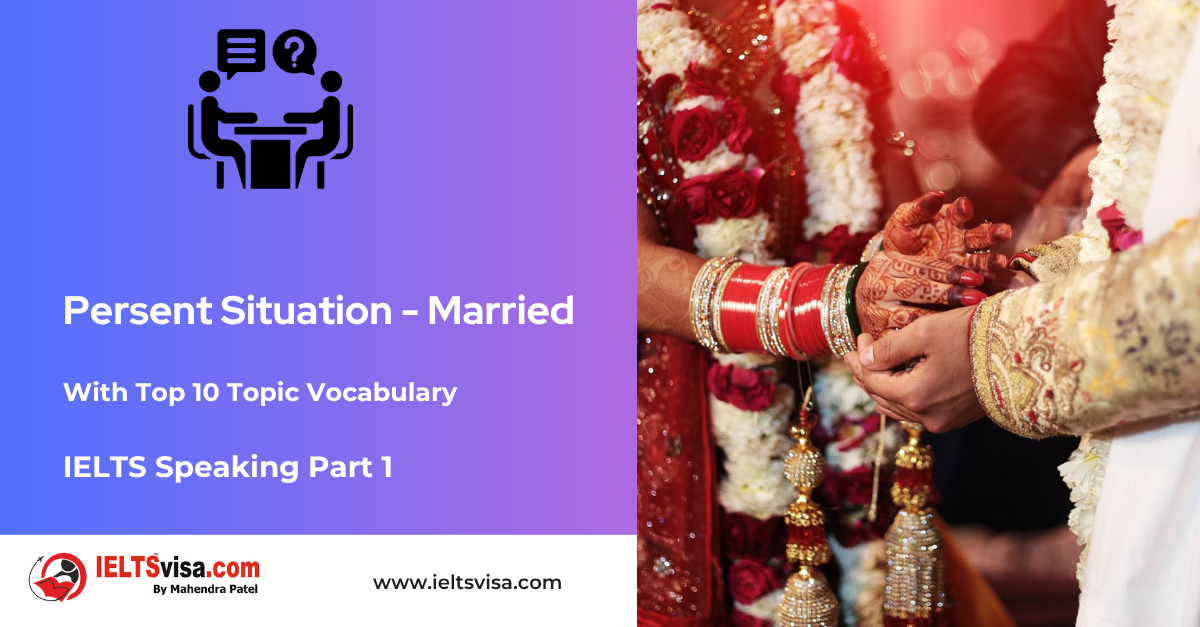Figures of Speech
Grammar for IELTS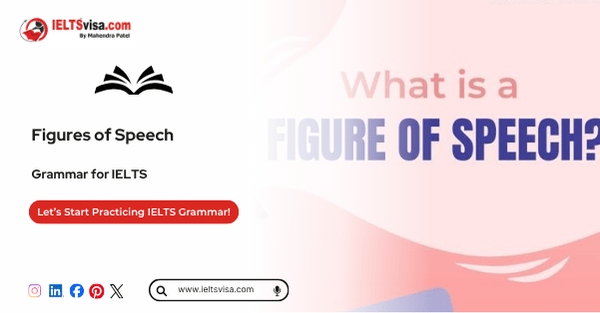
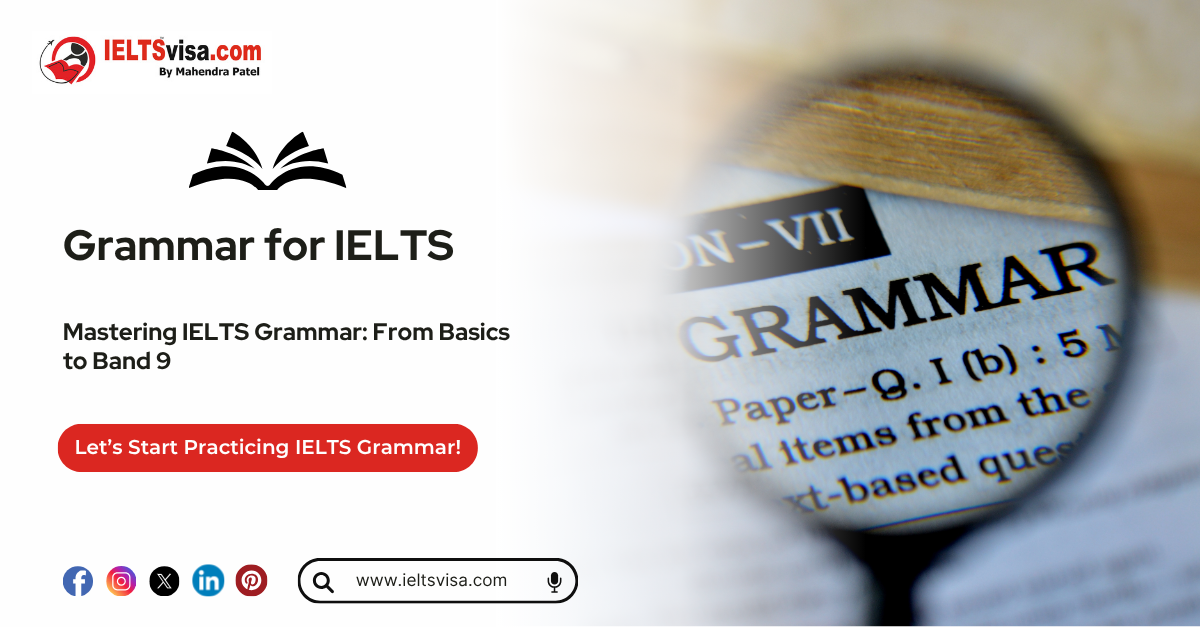
Figures of Speech
Figures of speech are one of the most exciting and creative aspects of the English language. They enable us to express ideas in vivid and imaginative ways, adding depth, humor, or emotion to our writing and speech. Whether you are a student, an aspiring writer, or just someone learning English, understanding these rhetorical devices can help you communicate effectively and make your language more engaging.
Table of Contents
- What Are Figures of Speech?
- Difference Between Figures of Speech and Figurative Language
- 20 Types of Figures of Speech
- Alliteration
- Antithesis
- Apostrophe
- Circumlocution
- Epigram
- Euphemism
- Hyperbole
- Irony
- Litotes
- Metaphor
- Metonymy
- Onomatopoeia
- Oxymoron
- Paradox
- Personification
- Pleonasm
- Pun
- Simile
- Synecdoche
- Understatement
- Frequently Asked Questions on Figures of Speech
What Are Figures of Speech?
A figure of speech is a rhetorical device that uses language creatively to express ideas, evoke emotions, or create dramatic effects. Unlike literal expressions, figures of speech rely on symbolic, imaginative, or indirect meanings to convey their message.
Definition of Figures of Speech
According to various dictionaries:
- Cambridge Dictionary: “A figure of speech is an expression in which words are used in a non-literal way to convey meaning.”
- Oxford Dictionary: “A phrase or expression that deviates from the ordinary literal sense of words to achieve a more complex, powerful, or artistic meaning.”
- Merriam-Webster Dictionary: “A form of expression used to convey meaning or heighten effect, often by comparing or identifying one thing with another that has a meaning familiar to the reader or listener.”
In simpler terms, figures of speech make our language more interesting, persuasive, and colourful.
Difference Between Figures of Speech and Figurative Language
Figures of speech are specific tools or devices that make up figurative language. While figurative language is the broader category that encompasses all non-literal expressions, figures of speech are the individual elements within it, such as metaphors, similes, and hyperboles.
20 Types of Figures of Speech
Let’s explore 20 common figures of speech with definitions, examples, and explanations to help you understand and use them effectively.
1. Alliteration
Alliteration is the repetition of consonant sounds at the beginning of words in a sentence. It creates a rhythmic and memorable effect.
-
- Example: She sells seashells by the seashore.
- Explanation: The repeated “s” sound adds melody and emphasis.
2. Antithesis
Antithesis places contrasting ideas side by side to highlight their differences or create balance.
-
- Example: It was the best of times, it was the worst of times.
- Explanation: The opposing ideas create a dramatic effect and emphasise contrast.
3. Apostrophe
An apostrophe addresses someone absent, dead, or non-human as though they could respond.
-
- Example: Twinkle, twinkle, little star, how I wonder what you are!
- Explanation: The speaker talks to the star as if it can understand.
4. Circumlocution
Circumlocution uses an unnecessarily wordy description instead of a straightforward one.
-
- Example: A tool used for cutting and slicing food items (instead of “knife”).
- Explanation: This figure of speech adds elaboration, often for emphasis.
5. Epigram
An epigram is a short, witty statement that often carries a universal truth.
-
- Example: The only way to get rid of temptation is to yield to it. – Oscar Wilde
- Explanation: It is concise yet profound, leaving a lasting impression.
6. Euphemism
A euphemism replaces harsh or unpleasant terms with softer expressions.
-
- Example: He passed away (instead of “He died”).
- Explanation: It softens the impact of unpleasant information.
7. Hyperbole
Hyperbole is an exaggerated statement used for dramatic effect.
-
- Example: I’m so hungry I could eat a horse.
- Explanation: The exaggeration emphasises the speaker’s hunger.
8. Irony
Irony is a contrast between expectation and reality, often resulting in humour or thought-provoking insights.
-
- Example: The fire station burned down.
- Explanation: It highlights the unexpected nature of events.
9. Litotes
Litotes use double negatives to express a positive meaning subtly.
-
- Example: He’s not the worst singer I’ve heard.
- Explanation: It downplays criticism while still making a point.
10. Metaphor
A metaphor directly compares two unrelated things, implying they are alike.
-
- Example: Time is a thief.
- Explanation: It suggests that time takes away moments just as a thief takes possessions.
11. Metonymy
Metonymy substitutes the name of something with something closely related.
-
- Example: The pen is mightier than the sword (pen represents writing, sword represents war).
- Explanation: It simplifies communication by using associated terms.
12. Onomatopoeia
Onomatopoeia uses words that mimic sounds.
-
- Example: The bees buzzed around the flowers.
- Explanation: The word “buzzed” imitates the sound bees make.
13. Oxymoron
An oxymoron is a phrase that combines contradictory words to create a unique meaning.
-
- Example: Jumbo shrimp.
- Explanation: The phrase combines opposites for a humorous or dramatic effect.
14. Paradox
A paradox is a statement that appears contradictory but reveals a deeper truth.
-
- Example: Less is more.
- Explanation: It challenges conventional thinking.
15. Personification
Personification gives human traits to non-human things.
-
- Example: The wind whispered through the trees.
- Explanation: It makes nature seem alive and relatable.
16. Pleonasm
Pleonasm employs redundant words to emphasise or clarify meaning.
-
- Example: I saw it with my own eyes.
- Explanation: The repetition highlights certainty.
17. Pun
A pun plays on the multiple meanings of a word for humour.
-
- Example: I’m reading a book on anti-gravity. It’s impossible to put down!
- Explanation: The joke relies on the dual meaning of “put down.”
18. Simile
A simile compares two things using “like” or “as.”
-
- Example: Her smile is like sunshine.
- Explanation: It creates vivid imagery.
19. Synecdoche
Synecdoche uses a part to represent the whole or vice versa.
-
- Example: All hands on deck (hands represent sailors).
- Explanation: It simplifies communication by referring to a whole through its part.
20. Understatement
An understatement minimises the importance of a situation, often for humorous or ironic effect.
-
- Example: It’s just a scratch (referring to a large dent in a car).
- Explanation: It downplays the severity for effect.
Frequently Asked Questions on Figures of Speech
Q1: What is a figure of speech?
A figure of speech is a rhetorical device that uses creative language to convey meaning, evoke emotion, or create a dramatic effect.
Q2: How are figures of speech useful in communication?
Figures of speech enhance communication by adding creativity and depth to language, making it more engaging, memorable, and impactful.
Q3: What’s the difference between metaphor and simile?
A metaphor directly compares two things (e.g., Time is money), while a simile uses “like” or “as” for comparison (e.g., As brave as a lion).
Q4: Can figures of speech be used in everyday language?
Yes, many figures of speech, such as similes, metaphors, and hyperbole, are commonly used in everyday conversation.
Q5: How can I practice using figures of speech?
Read literature, observe their use in everyday language, and try incorporating them into your writing and speech.

Our Books
Master IELTS Speaking Part 1
IELTS Writing Task 1 Book
IELTS Writing Task 2 Book
Practice IELTS Other Modules
IELTS Listening
The IELTS Listening test assesses how well you can understand spoken English in various contexts. It lasts about 30 minutes and is divided into four sections with a total of 40 questions. The listening tasks become increasingly difficult as the test progresses.
IELTS Academic Reading
The IELTS Academic Reading section assesses your ability to understand and interpret a variety of texts in academic settings. It is designed to evaluate a range of reading skills, including skimming for gist, reading for main ideas, reading for detail, understanding inferences, and recognizing a writer's opinions and arguments.
IELTS Speaking
The IELTS Speaking test assesses your ability to communicate in English on everyday topics. It lasts 11-14 minutes and consists of three parts: introduction, cue card, and a discussion based on the cue card topic.
IELTS General Reading
IELTS General Reading tests your ability to understand and interpret various types of texts. Here are some key areas and types of content you can expect to encounter in the reading section, along with tips for effective preparation.
IELTS Academic Writing Task 1
In IELTS Academic Writing Task 1, you are presented with a visual representation of information, such as graphs, charts, tables, or diagrams, and you are required to summarize, compare, or explain the data in your own words.
IELTS General Writing Task 1
In IELTS General Writing Task 1, you are required to write a letter based on a given situation. The letter can be formal, semi-formal, or informal, depending on the prompt. Here’s a breakdown of the key components to include in your letter
IELTS Academic Writing Task 2
In IELTS Academic Writing Task 2, you are required to write an essay in response to a question or topic. Here’s a guide to help you understand the essential elements of this task
IELTS Exam Tips
To succeed in the IELTS exam, practice regularly, familiarize yourself with the test format, improve your vocabulary, develop time management skills, and take mock tests to build confidence.
Grammer for IELTS
Grammar is the foundation of effective communication in English. Understanding tense usage, subject-verb agreement, and sentence structure enhances clarity and coherence in writing and speaking.
Vocabulary for IELTS
Vocabulary plays a crucial role in the IELTS (International English Language Testing System) exam, especially in the Speaking and Writing sections. Here’s an overview of why vocabulary is important and how it impacts your performance
RECENT IELTS SAMPLES QUESTIONS AND ANSWERS
IELTS Speaking Part 1 – Favourite Sujbect – Physics
IELTS Speaking Part 1 - Favourite Sujbect - Physics Q: What is your favourite subject? A: My favourite subject...
IELTS Speaking Part 1 – Present Situation (Student)
IELTS Speaking Part 1 - Present Situation (Student) Q1: Are you a student or do you work?A: I’m a full-time...
IELTS Speaking Part 1 – Present Situation – Employee – as an International Student and Social Worker
IELTS Speaking Part 1 - Present Situation - Employee - as an International Student and Social Worker Q1: Are...
IELTS Speaking Part 1 – Persent Situation – Employee- as an Electric Engineer
IELTS Speaking Part 1 - Persent Situation - Employee- as an Electric Engineer Q1: What do you do for a...
IELTS Speaking Part 1 – Persent Situation – Employee – as an Software Engineer
IELTS Speaking Part 1 - Persent Situation - Employee - as an Software Engineer Q1: What do you do for a...
IELTS Speaking Part 1 – Persent Situation – Married
IELTS Speaking Part 1 - Persent Situation - Married Q1: Are you married?A: Yes, I am married. My spouse and I...

